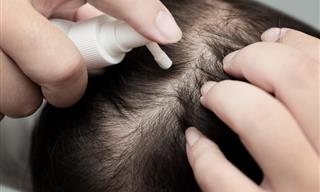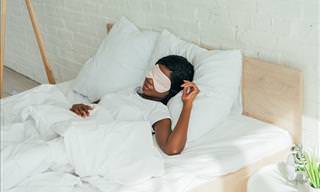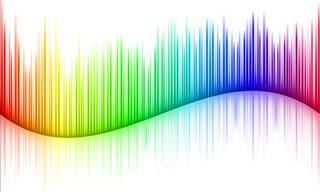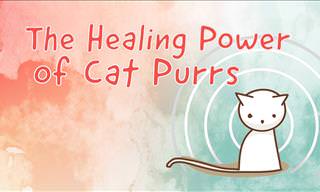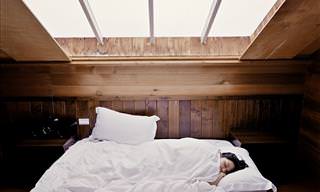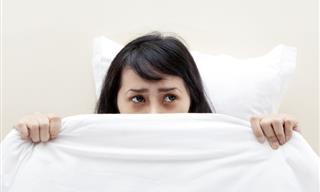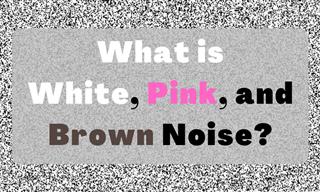You probably heard the term white noise more than once in your life. Have you ever stopped to think why it's called white noise and not black noise, for instance? And since we’re talking colors, have you ever heard of pink noise or brown noise? In this short article, we will define each of these noises and see if and how they can benefit your well-being.
White Noise
White noise is called white because it’s analogous to white light, which is a mixture of all visible wavelengths of light. White noise is the combination of all different frequencies a human can hear. Because it contains all frequencies available to the human ear, we use it to mask other sounds. That is why white noise is considered a good auditory aid if you’re having trouble falling asleep. Usually what bothers us during our sleep is not loud noises per se but the inconsistency of noise. White noise masks the inconsistency. In nature, it can be heard in the light rainfall or a breeze sifting through trees.
Pink Noise
Pink noise is similar to white noise, but it puts a greater emphasis on lower and mid-range frequencies. It contains more bass and may be more pleasing to those who dislike the high-pitched tones found in white noise. You may not notice the difference at first, but after a while, you may find that pink noise does not wear you out as much as white noise.
Brown Noise
Brown noise takes what pink noise does and amplifies it. There is a greater emphasis on base notes and an almost complete elimination of high frequencies, making this a particularly soothing sound for a troubled mind. It takes the cake in terms of calming abilities, and some would even say it mimics the constant sound a baby hears in the womb.
Which is Best for Sleep?
The overall body of research on white, pink, and brown noise is small but growing. Further studies are needed on the subject, but according to current findings, white noise is better at reducing the time it takes to fall asleep. It does not seem to affect sleep itself. It can, however, prevent your quality of sleep from degrading if you’re temporarily sleeping in an environment that does not allow optimal sleep quality.
Pink noise was linked to deeper sleep, which resulted in higher cognitive performance. No studies were conducted on the effects of brown noise and sleep, but from personal experience, I can attest to its soothing abilities. It gives near-instant relief to a head full of thoughts.
The Bottom Line
Our sense of hearing changes as we age. And sound, much like music, is subject to personal taste. There is no harm in listening to or falling asleep to any of these noises, so long as you don’t elevate the volume excessively. So, to answer the question “Which sound is best for sleep?“ we would say – the one that helps you fall asleep.
Source: 1, 2.
 Go to BabaMail
Go to BabaMail























